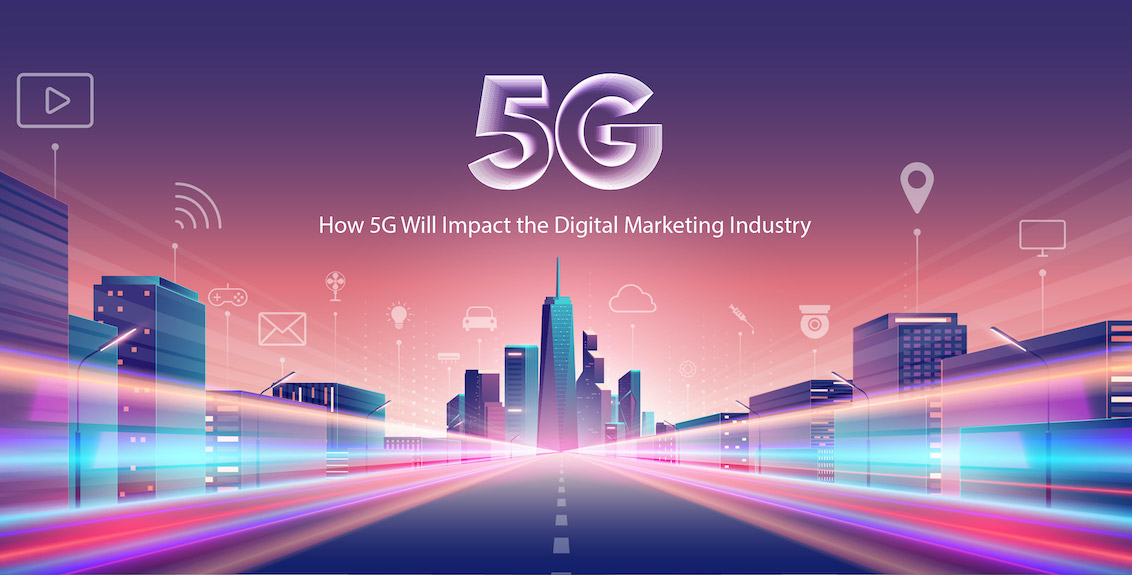The rollout of 5G has officially started. According to the study by Qualcomm, 5G was available in 35+ countries as of June 2020.
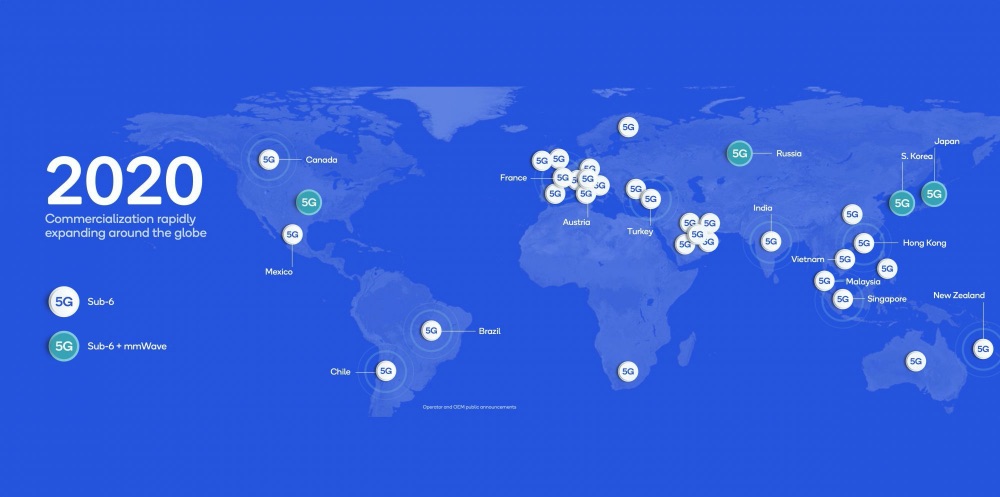
5G brings higher speed and lower latencies for our mobile experiences. In addition to this, 5G goes beyond these benefits. As reported by IHS Economics, 5G is expected to contribute $12.3 trillion of global economic output by 2035.
Additionally, our field, the digital marketing industry will be greatly influenced by 5G. In this article, we will look at what 5G is and how 5G will be a game changer in the digital marketing industry.
Contents
What is 5G?
5G is the 5th generation mobile network. It is a new global wireless standard after 1G, 2G, 3G, and 4G networks. 5G enables a new kind of network that is designed to connect virtually everyone and everything together including machines, objects, and devices.
Source: www.qualcomm.com
Since the inception of 1G in the 1980s, mobile network systems have evolved, with 5G being progressively commercialized around the world starting in 2019.
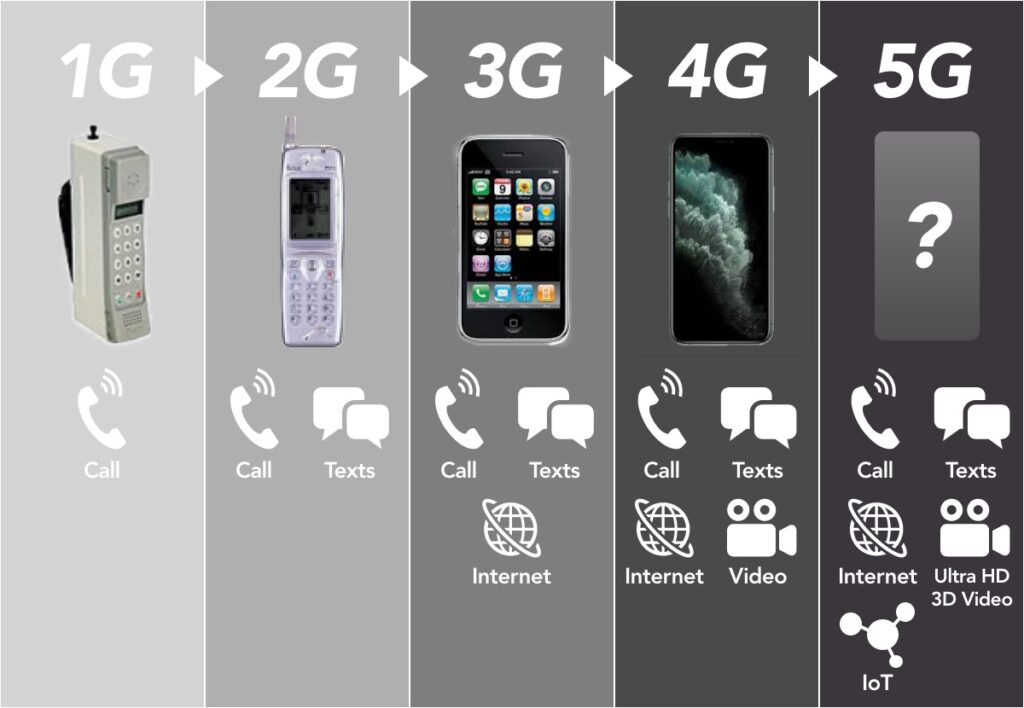
5G is known for its high speed, high capacity, low latency and the fact that it allows multiple simultaneous connections. 5G will enable faster and higher capacity connection compared to current 4G.
4G and 5G – the Differences
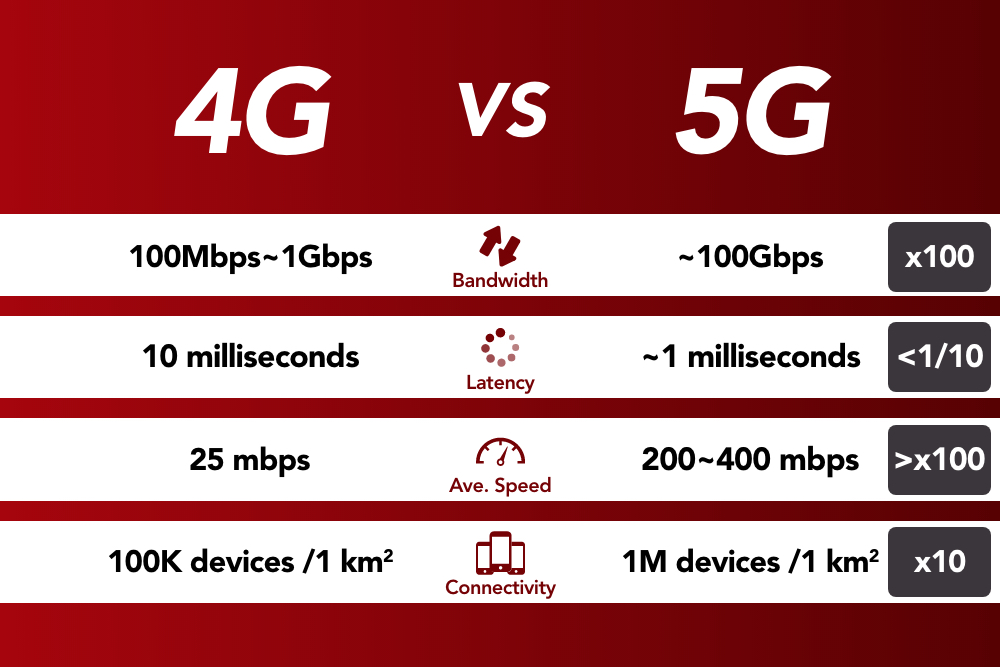
How different are 4G and 5G? The mobile network technology for smartphones was established as a result of the world going from 3G to 4G, making it possible for all of us to surf the Internet smoothly and carry out data-consuming activities such as video watching.
However, 4G still faced its challenges, and 5G came along as a solution to those challenges. 5G is said to be more than 100 times faster than 4G, with a latency of about a tenth of that of 4G, and the number of simultaneous connections will be 10 times that of 4G.
High Speed and High Capacity
While 4G’s speed is between 100Mbps and 1Gbps, 5G is expected to be up to 100Gbps, making it more than 100 times faster than 4G. For example, a data transmission that would take 10 seconds with 4G would take less than 0.1 seconds with 5G, minimizing the amount of time necessary for contents to be displayed and downloaded.
More Simultaneous Connections
5G allows multiple simultaneous connections. The regular Wi-Fi at home allows a maximum of 10 devices to be connected at the same time, and once this number has been exceeded, the connection speed will be reduced. With 5G, however, people are expecting to see the technology to handle one million devices per square kilometer.
For instance, when you go to an event in the future, you won’t need to worry about the Internet crashing when everyone at the event tries to stay connected. With the issue of the Internet crashing as a result of multiple simultaneous connections being resolved, 5G also makes it possible for us to manage home appliances such as TVs and air conditioners, via the Internet.
Less Delays
There is a 10ms delay on 4G. This has been improved to 1ms on 5G. With 5G, we will be able to send and receive data in real time, thereby eliminating seconds’ worth of delay observed in video calls that operate through Internet connection.We will also be able to watch videos stored in the cloud right away.
How 5G Will influence the digital marketing industry
There are three different ways in which 5G will bring about changes to the digital marketing industry. First, 5G will enable high-capacity, high-speed connection, which will speed up the use of rich media ads including video ads. Secondly, we will see new media (i.e. communication channels to connect consumers) created by promoting use of IoT. Third, the utilisation of dynamic ads using real-time data will be more prominent.
1. Rich Creatives
With 5G enabling high-capacity and high-speed connection, more advertisers will use rich creatives – specifically, video ads, rich media ads, VR and AR – in their marketing.
– Video Ads
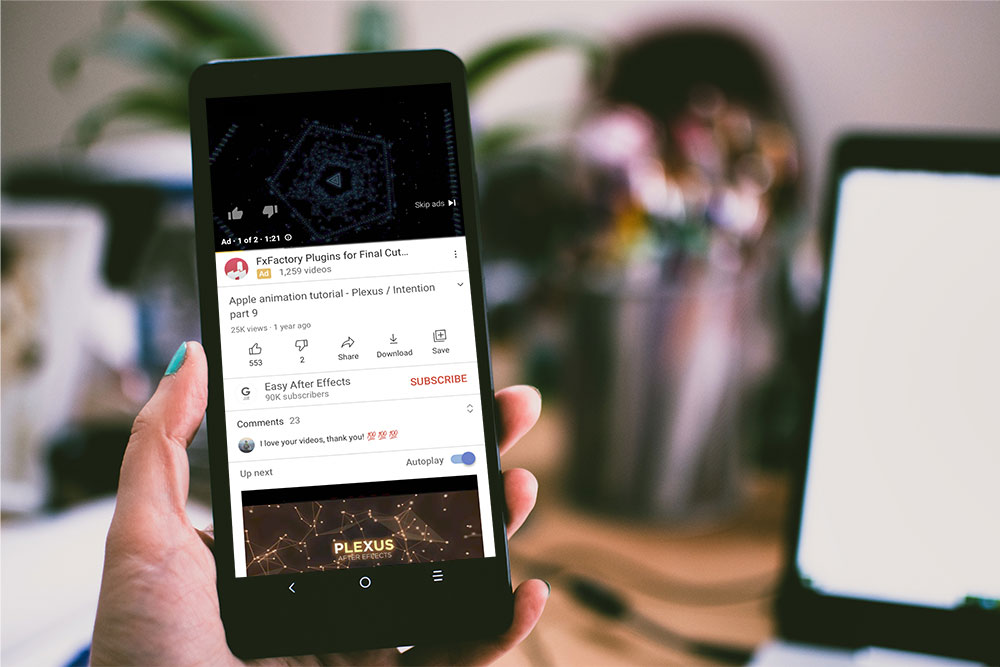
Video advertising has been one of the most talked about topics in the digital advertising industry for the past few years. With the proliferation of YouTube, TikTok, Facebook, Instagram, Twitter and other platforms that allow users to easily post videos, everyone can now stream videos anywhere anytime on their smartphones.
According to a survey by Statista, 62% of online video viewing is said to be via mobile, and with this, the devices on which video ads are consumed are shifting from PCs to mobile.With the current 4G, it has been difficult for advertisers to upload high-definition and long-duration videos due to the time it took to load videos and Internet connection fees the user needs to pay for(*).With the availability of high-speed, high-capacity connection through 5G, advertisers can easily deliver high-definition and long-duration videos that are more likely engaging to users.
*Based on Cisco’s modeling, 5G cost per bit could be less than half of what it is for 4G, and a quarter of 3G costs.
– Rich Media Ads
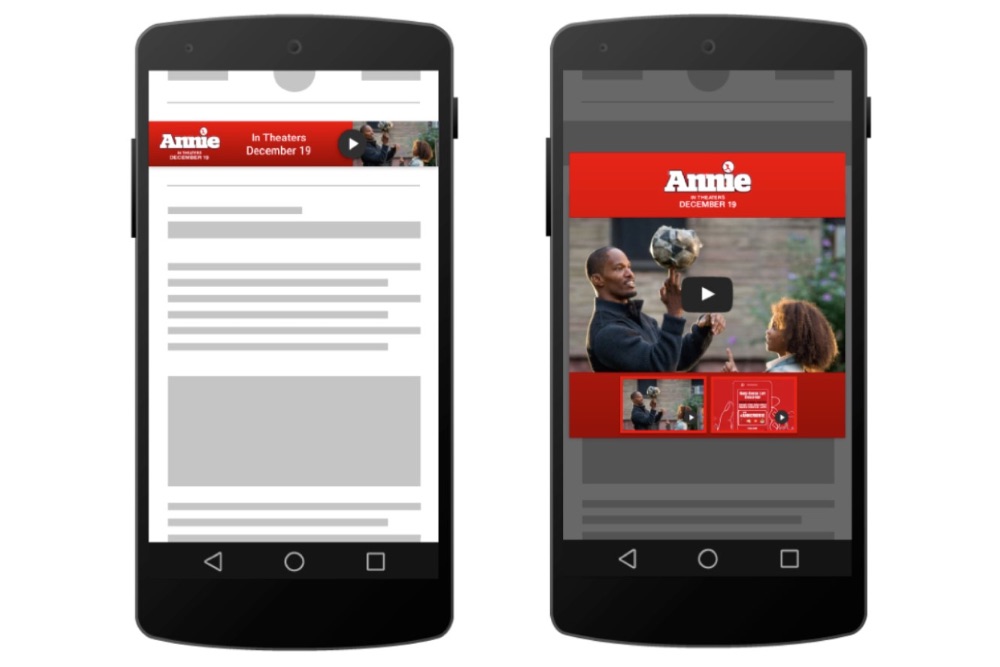
Conventionally, online advertising employ static images or videos to deliver products’ selling points, and then lead interested users to landing pages with detailed product description, where the user can gather more information or make purchases.
Recently, however, advertisers have started using rich media ads that can show elaborated information and get users’ engagements on banner ads themselves. This trend is expected to accelerate with 5G becoming widely available.
This is how it works: specifically, you can swipe through ads to see information on multiple products, and you can play games and answer surveys on ads.
– VR (Virtual Reality)
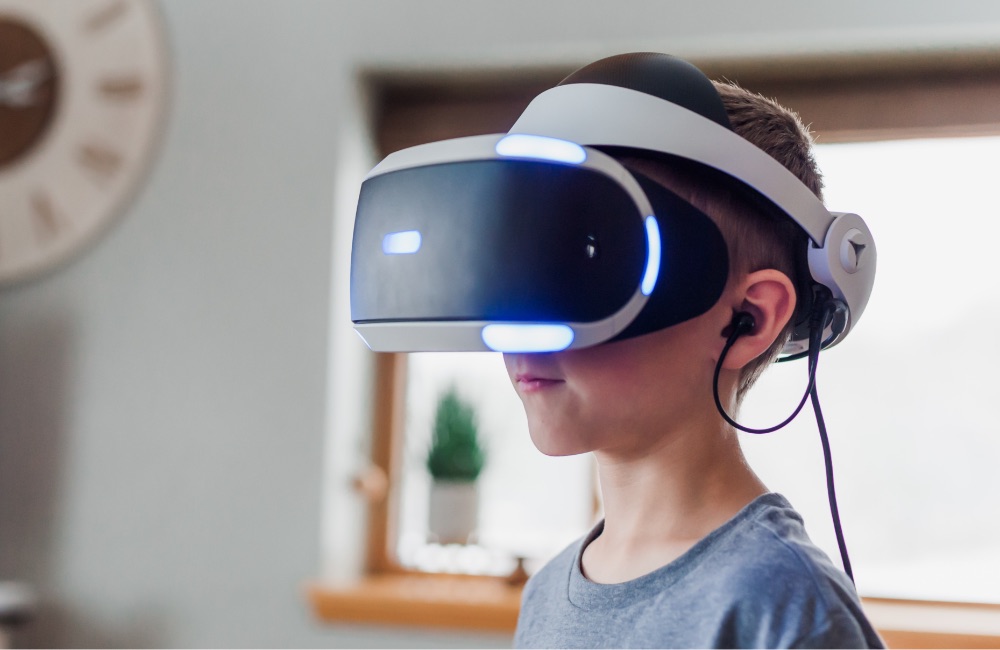
VR is short for Virtual Reality. VR refers to the computer-generated simulation in which a person can interact within an artificial three-dimensional environment using special electronic devices, such as special goggles with a screen or gloves fitted with sensors.
Watching VR videos that allow you to see the virtual world 360° gives you a realistic experience.
The use of VR started mainly from the entertainment industry, offering users travel experiences, sporting events, music concerts, and immersive gaming experiences at the comfort of home. Also, by taking advantage of 5G’s “multiple simultaneous connection,” users can wear VR goggles when attending sports or music events and enjoy videos from multiple angles at the same time.
There have also been cases in which VR is used for real estate previews and medical training.
On the other hand, as the number of VR contents increases, there are high expectations for VR advertising platforms and VR advertising creation services to monetize VR contents.
– AR (Augmented Reality)
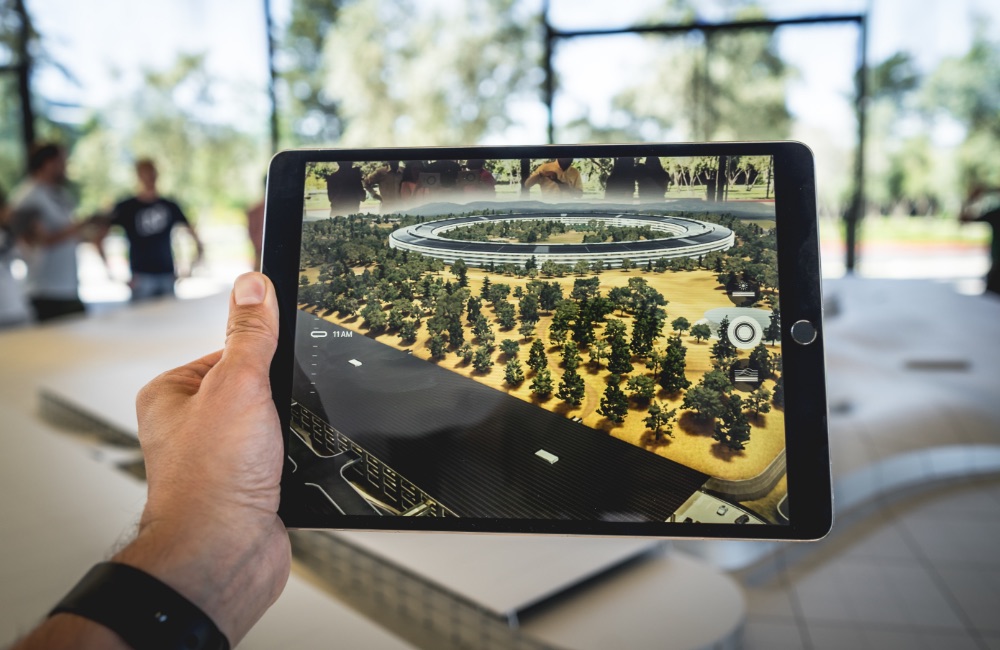
AR, short for Augmented Reality is an interactive experience of a real-world environment where the objects that reside in the real world are enhanced by computer-generated perceptual information, sometimes across multiple sensory modalities, including visual, auditory, haptic, somatosensory and olfactory.
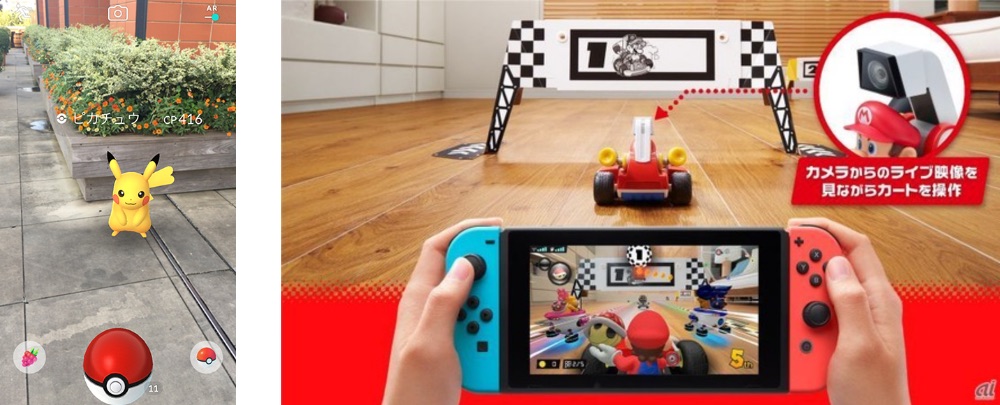
One famous service that employs AR is the mobile game app Pokémon Go, which combines real-world backgrounds with Pokémon characters.
Recently, Nintendo has been in the news for the release of an AR attraction game that allows its players to turn their homes into a Mario Kart track.
As AR-based communication is more likely to attract active user actions and be the talk of the town, we are sure that we will see wide usage of AR in marketing of the 5G era.
2. New Media
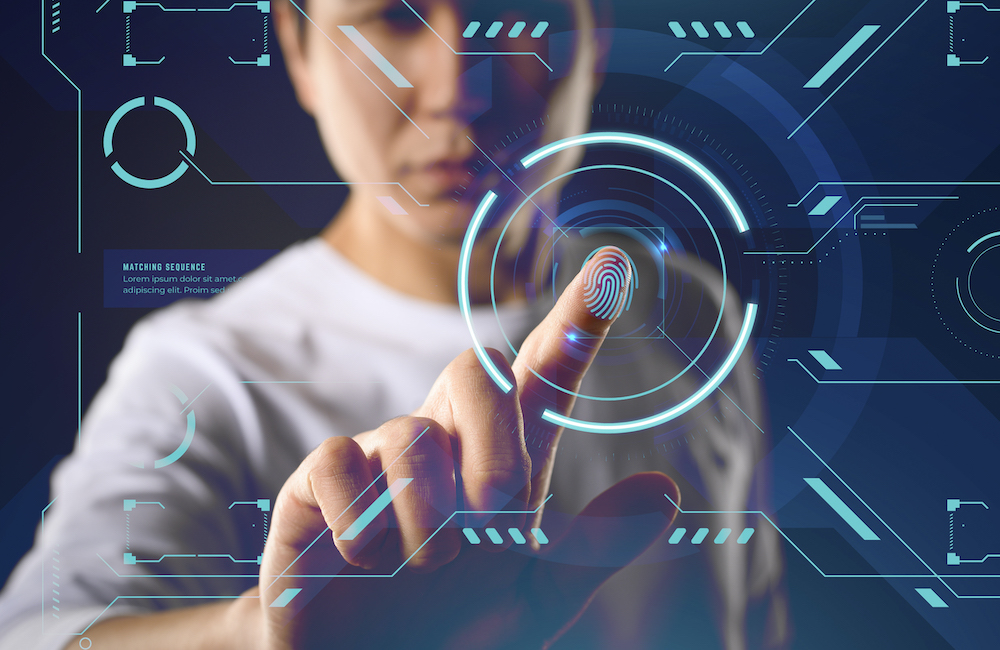
The second way in which 5G will heavily influence the digital marketing industry is that the technology will bring about new media. With 5G’s high-capacity, high-speed connection and the IoT technology combined, we will start to see digital ads delivered through different sorts of “objects (media)” other than PCs and smartphones.
For example, public transportation systems such as taxis, trains and buses have already begun to install screens and deliver advertising.

You’ve probably seen more digital signage in shopping malls and train stations.
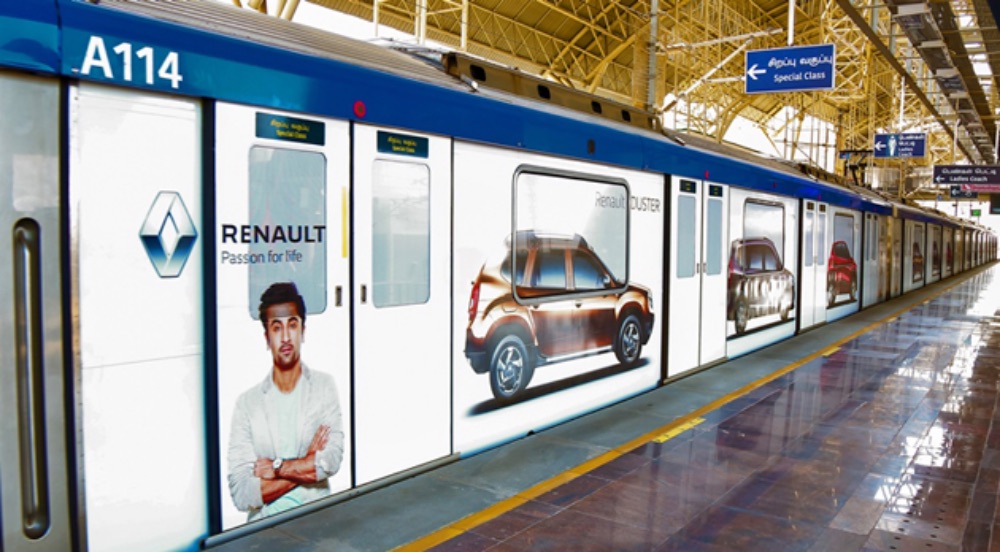
We have also seen technology that turned windows on trains into screens for ad display.

The smart mirror, which connects to the Internet and displays information, is also all the rage these days. Some hair salons have started using smart mirrors, making it possible for hairstyle catalogues to be shown digitally and to play videos for the salon’s customers while cutting their hair.

Thus, in the 5G era, we will be seeing different sorts of “screens”, which have never before been used for the purpose of information relays connected to the Internet, thereby creating more channels of communication for consumers. Now more than ever, advertisers must consider the customer journey and deliver the right message to users at the right time, through the right media and with the right methods.
3. Dynamic Advertising Using Real-time Data
Another way in which 5G’s influence will be felt in the ad industry is the increasing use of dynamic advertising using real-time data.
As mentioned earlier, we will be seeing emergence of new media in the 5G era. These new media will exchange data with our devices directly via IoT. Also, they can use cameras and microphones to determine the attributes of their viewers, so they can come up with still more personalized ad contents.
For a long time, the use of data to display personalized ad content has been a common practice in Internet advertising. However, in the 5G era, it will be possible for advertisers to use IoT technology to acquire a variety of data and analyze it in real time to dynamically deliver content to smartphones and OOH devices as well.
For example, last year smart mirrors with built-in cameras and microphones were installed in a powder room at Shibuya Station in Tokyo, and the vendor installing the mirrors began offering a real-time promotion service for cosmetic brands based on user behavior.
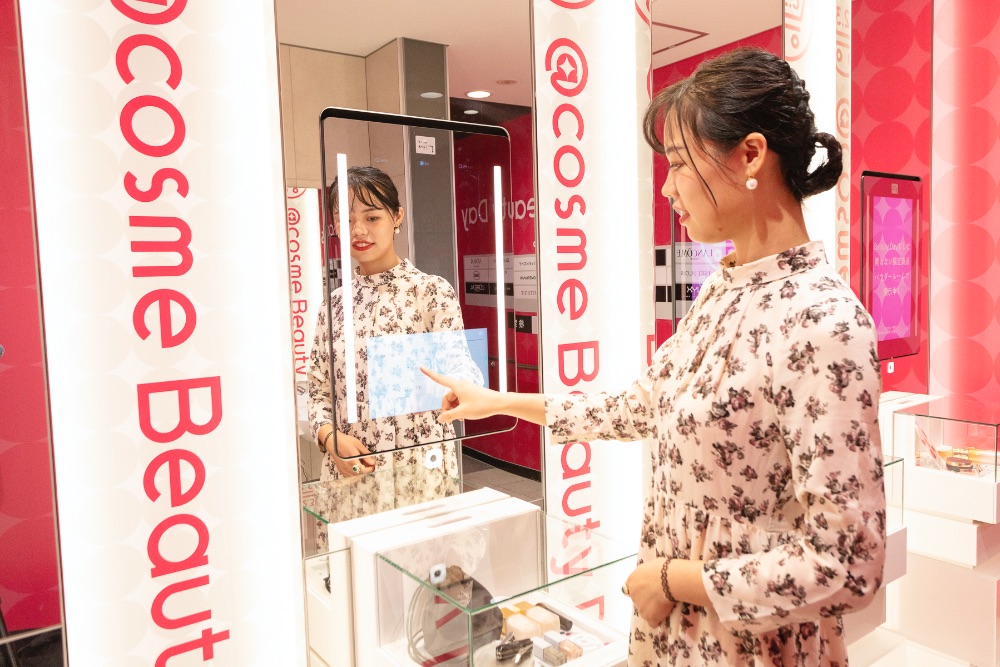
Smart refrigerators are also beginning to appear on the market, with LCD displays on the door that suggest menu items based on the user’s food purchase histories and send information about promotions at the local supermarket.
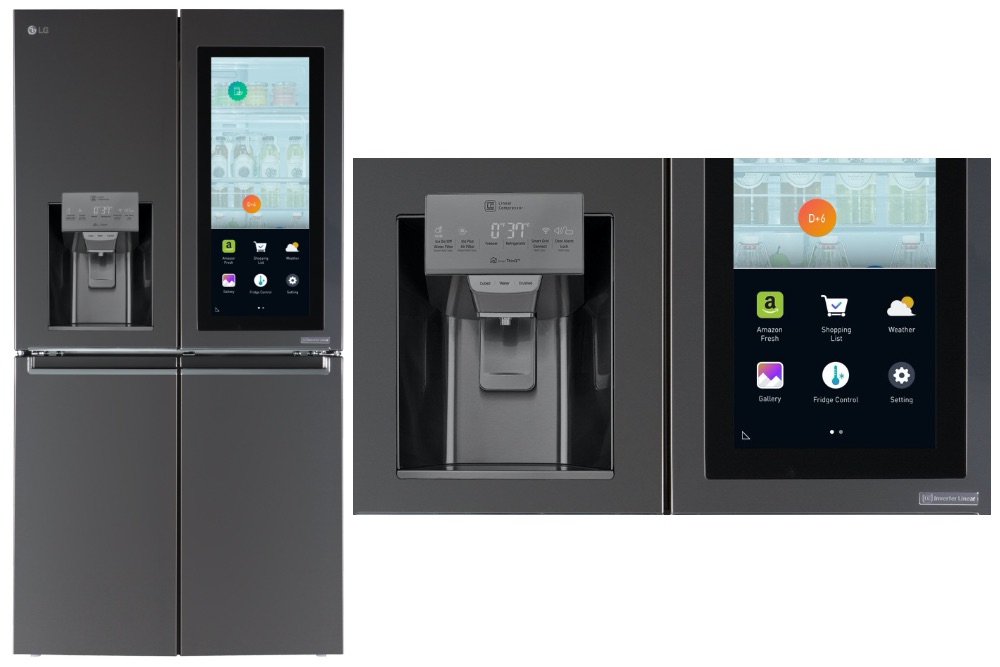
The term big data has been used for some time now. Until now, however, this term has only been used to describe analysis of data accumulated over a long period of time in various ways as a means to gain some kind of insight.However, 5G will allow real-time streaming data to be instantly analyzed and sent back to the device for use in various marketing activities.With 5G and the IoT combined, we are about to see a whole new world.
In Conclusion
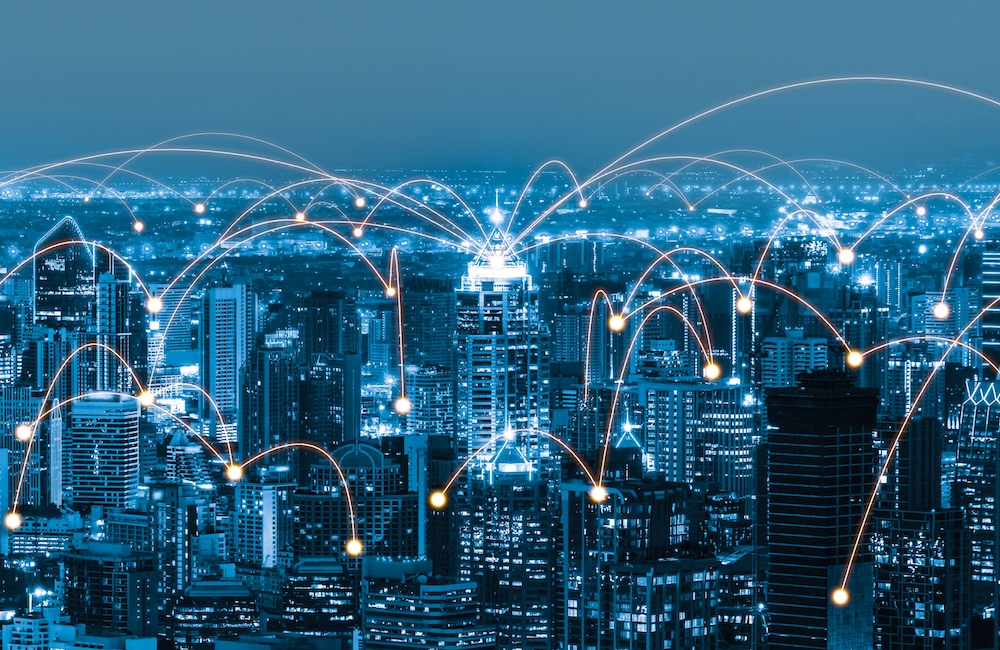
We just learned about what 5G is and how the technology will influence the digital marketing industry.
5G’s high-speed, high-capacity connection, low latency, and multiple simultaneous connections are expected for more types of ad placements and wider range of creative expressions.The technology will also make use of more diverse data than ever before to deliver personalized ads.
Media companies and advertisers need to keep abreast of the latest 5G-related technologies and seek ways to use 5G technology in their businesses.
Freakout Group is also currently providing solutions for video advertising, rich media advertising and DOOH (Japan and Indonesia) in preparation for the 5G era. Feel free to reach out to us via Facebook Messenger below if you are interested in finding out more.

